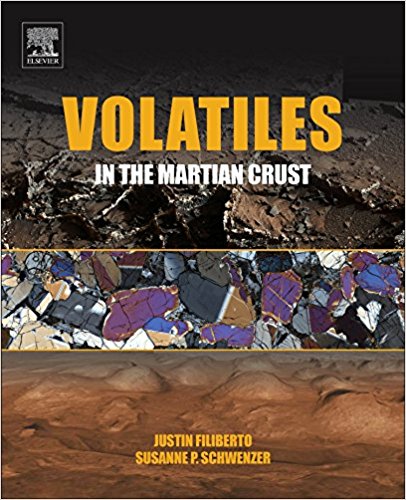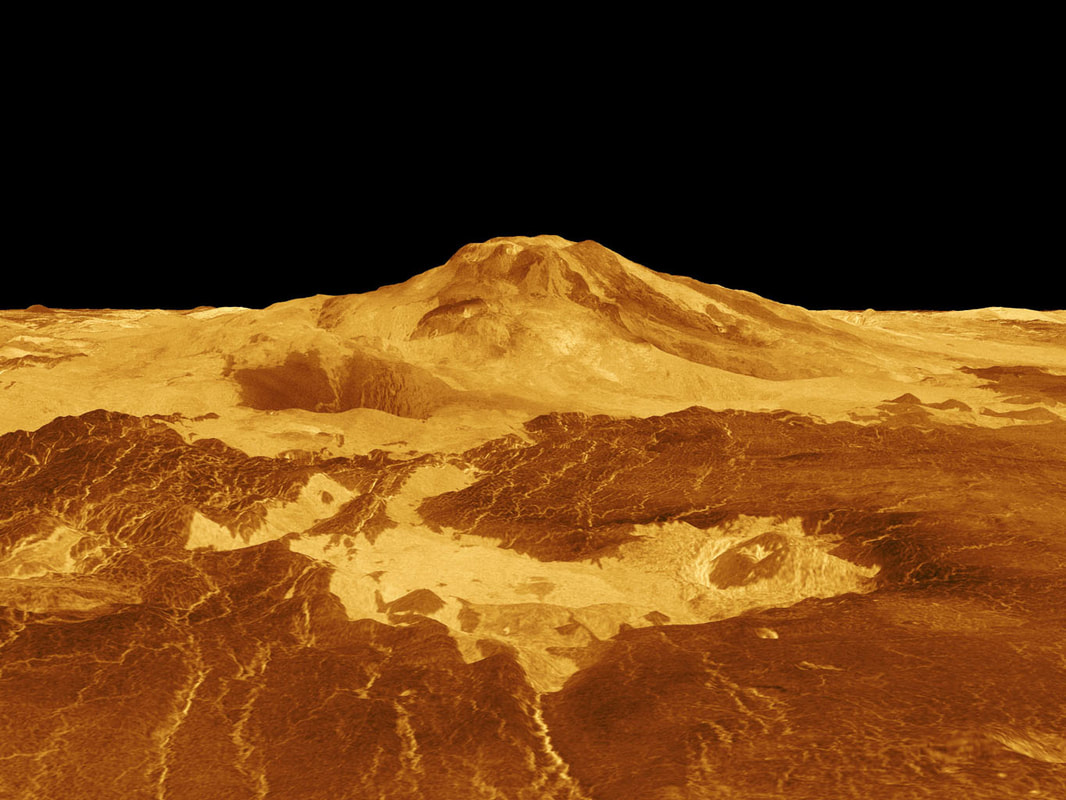|
MARS VOLATILES
Volatile degassing of magmas provide critical volatiles to the surface of a planet for habitability. My work has shown that Martian magmas have significantly more chlorine and less water than their terrestrial counterparts. Eruption of these chlorine-rich, water-poor basalts contributed to the acidity and salinity of Mars’ surface, and any potential biologic activity would have to survive in these high temperatures and saline fluids. We [Filiberto and Schwenzer (2019)] recently published our book about Volatiles in the Martian Crust including what the data mean for past habitability. |
|
MARTIAN INTERIOR
Using the differences in chemistry between Martian and terrestrial magmas, I have focused on constraining the mantle temperature and cooling history of Mars and the similarities and differences with the interior of the Earth. This work has shown that the average mantle temperature for Ancient Mars is significantly colder than the terrestrial mantle, which is consistent with cooling of a smaller planetary body. See Filiberto (2017) Chemical Geology review paper. |
|
image (c) J Filiberto
|
HABITABILITY OF MAGMA-SEDIMENT INTERACTION
Magmatism is one of the most important geologic processes in the history of Earth and Mars, and one of the few to provide major changes and energy influx to the Martian surface and subsurface past the Noachian. Eruption and degassing of mafic magmas contribute to the surface volatile species, as well as nutrients and energy that are needed for biologic processes. Our research investigates fluid-rock interactions of igneous fluids and sulfur rich sediments in terrestrial rocks on the Colorado Plateau to understand whether microbial life is surviving in metamorphic aureoles, despite dramatic temperature and chemical changes. Click here to watch a video of Dr Filiberto and Colleagues discussing the field site |
|
Top image: Maat Mons and its lava flows reconstructed from Magellan synthetic aperture radar data combined with radar altimetry. Image source: NASA’s JPL.
Bottom Image: VIRTIS surface brightness data for Idunn Mons overlain on Magellan radar data. Red areas represent fresh lava. Image source from NASA’s JPL. |
VENUS VOLCANISM AND WEATHERING
The surface of Venus is obscured from view because of a thick cloud deck, which limits our understanding of the age and the chemistry of Venus lava flows. In order to constrain the chemistry of Venus lava flows, my work focuses on combing data from 30 year old Russian lander missions with experimental results. Together, these can be used to determine what conditions (pressure, temperature, and water content) were needed to produce these rocks. These in turn constrain the temperature and water content of the interior of Venus. Unaltered lava flows were analyzed at Idunn Mons from orbit. In order to constrain the age of these flows, I have been combining experimental petrology and spectroscopy to investigate the rate of alteration for the Venus surface. This work has shown that lava flows in contact with the caustic atmosphere should alter within a few years and these fresh lava flows are only a few years old. This suggests that Venus is volcanically active today! See NYTimes article for more information. |





